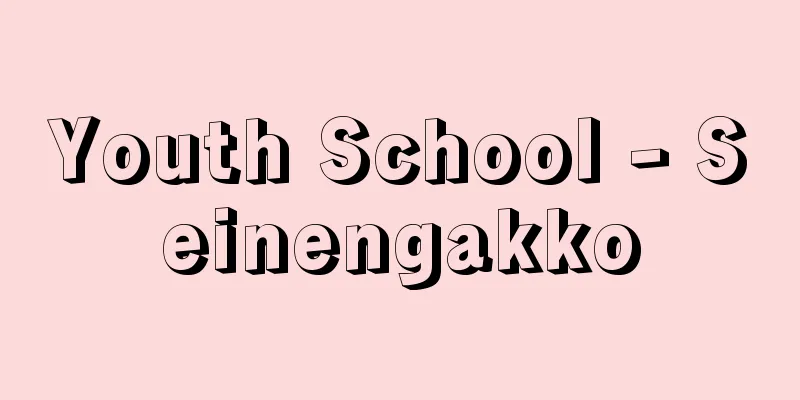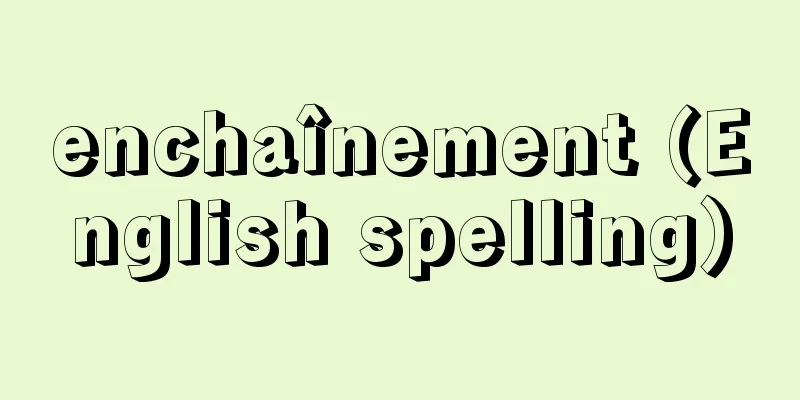Youth School - Seinengakko

|
Founded in 1935 (Showa 10) under the Youth School Act, this was a part-time school offering a secondary level of education for working young people. It became compulsory (for boys only) in 1939, and continued to exist until 1947 (Showa 22). Previous educational institutions for working young people included vocational supplementary schools, which had been in place since the mid-Meiji period, and youth training centers, which were established at the end of the Taisho period and focused on military training, but as there was a large overlap between the two in terms of facilities, teachers, and target students, they were merged into youth schools. In addition to the general course (for graduates of ordinary elementary schools; 2 years) and main course (for graduates of general courses and high elementary schools; 5 years for boys and 3 years for girls), there were also graduate and specialized courses, and at first only public schools were established, but later private schools were also permitted, and many were established in factories and business establishments. The main purpose of the education was to "train the youth of the Imperial Nation" and subjects included moral education and civics, general studies, vocational studies, and training (for boys), and home economics and sewing (for girls). For boys, the aim was to give them preliminary military education in order to produce excellent soldiers. [Komata Noriaki] ``Explanation of the Youth School System'' (edited and published by the Social Education Bureau, Ministry of Education, Culture, Sports, Science and Technology) ▽ ` ```Youth School and Youth Education'' by Kikutaro Suga (1939, Meibundo)'' ▽ `` Edited and published by the Social Education Bureau, Ministry of Education, ``Editorial on the Compulsory School Education System for Youth'' (1940)'' Source: Shogakukan Encyclopedia Nipponica About Encyclopedia Nipponica Information | Legend |
|
1935年(昭和10)青年学校令によって設立された勤労青年のための中等教育程度の定時制の学校。39年に義務制(男子のみ)となり、47年(昭和22)まで存続した。従来の勤労青年教育機関は、明治中期からの実業補習学校と大正末年発足の軍事教練を主とした青年訓練所とがあったが、両者は施設、教員、対象者において重複する場合も多く、青年学校として統合された。普通科(尋常小学校卒業者。2年)、本科(普通科修了者、高等小学校卒業者。男子5年、女子3年)のほか、研究科、専修科が置かれ、最初公立のみであったが、のちに私立も認められ工場や事業所に設置された例も多かった。その教育は「皇国青年ヲ練成スル」ことを本旨とし、修身公民科、普通学科、職業科、教練科(男子)、家事裁縫科(女子)などが課せられたが、男子については軍事的予備教育を施して優秀な兵卒を得ることにねらいがあった。 [小股憲明] 『文部省社会教育局編・刊『青年学校制度解説』(1936)』▽『菅菊太郎著『青年学校及青年教育』(1939・明文堂)』▽『文部省社会教育局編・刊『青年学校教育義務制に関する論説』(1940)』 出典 小学館 日本大百科全書(ニッポニカ)日本大百科全書(ニッポニカ)について 情報 | 凡例 |
>>: Youth class - Seinengakkyu
Recommend
Kaspiiskoe more (English spelling)
…It is surrounded by Iran, Azerbaijan, Russia, Ka...
Hilti - Carl Hilty
Swiss jurist and Christian ethical writer. His fa...
Abadān (English spelling)
A city in the southwest of Iran, in the southern ...
Otis [company] - Otis
...The company adopted its current name in 1975. ...
Shih-huo-zhi; Shih-huo-chih
The name of the section in the official history of...
Pecherskii, A. (English spelling) PecherskiiA
…He was born into a poor noble family, and after ...
Dense planting - mishoku
〘 noun 〙 The act of planting fruit trees without a...
Ripening - Tsuijuku
〘 noun 〙 To harvest fruits earlier than the approp...
Mascagni
Italian composer. Born to a baker's son, he st...
Eibl-Eibesfeldt, I. (English spelling) EiblEibesfeldtI
…The 12th-century priest Bernard of Chartres said...
Six Poetic Immortals - Rokkasen
This is the later name for six poets from the mid...
Matsura Country
A country that appears in the Wajinden section of...
Inlay (English spelling)
One method of treating cavities is to grind down t...
Taimadera Temple
It is located in Taima-cho, Kitakatsuragi-gun, Nar...
Isengrimus - Isengrimus
...The animals are skillfully superimposed on the...


![Yunono [Hot spring] - Yunono](/upload/images/67cd14d060d0f.webp)



![French bulldog [breed] (English spelling)](/upload/images/67ccc1561f6cb.webp)


